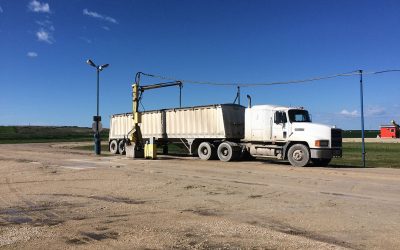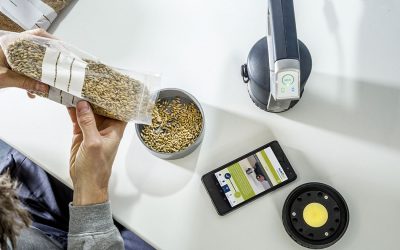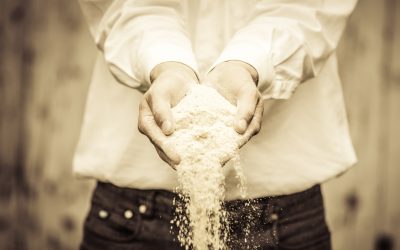“My name is John D. – I am a feed-designer, and I react”
Let me first say that I’m really pleased with the reactions to my first Blog on AllAboutFeed. It’s always nice to see that people read what you write. So to anyone out there who has read it and has thoughts about it, but has not yet reacted, I invite you to do so now. In this Blog I will respond to the reactions I did receive.
Not “out-of-the-box” but “out-of-the-mill”.
It’s true that current mills place restrictions on the possibilities feed Designers have for developing new feed. This was one of the reasons I decided to write my Blog about this subject. New mills need to think differently about feed technology. With regard to Rod Tuck’s comment on pellets, I agree totally. But most importantly I think we should stop thinking only in terms of 90kg dead, but instead of what goes on the plate of the consumer. Those guys pay our wages after all.
Just a fancy name
I’m pleased with the Mike Spandern’s comment. Of course it’s not just a fancy name. But sometimes it helps if you give a concept of thinking and working, a name. All his arguments about QC, traceability, safety, consistency, communication, ethical guidelines, environmental issues, price and also availability are true. But to him I will say don’t forget taste and happy customers….
Animal welfare
Suhendar Singh Chabbra brought up the issue of animal welfare. Let me be clear it’s not about “one way or the other” but always an “and” way-of-thinking. For me it’s clear (see also Rod Tuck’s comment) mills in the future have to be designed in a different way. Design a kitchen not a factory. When we see the top cooks on television they all use natural ingredients and less cooking, mixing, boiling etc. But this will be a challenge for feed-design in future (or today).
Feed-design Algorithms
To Braam Koekemoer the answer to your question is, I don’t know. What I think is that most of those systems are based on the standard models designed years ago in traditional fundamental research. Looking at that research today I see the challenge is how can we test new feed-designs quickly and efficiently?
Price of raw materials sky high…
In his comment Triana addresses the high prices of raw materials and questions; can we get more profit? His point is valid, but there is a way. New designs can mean new materials which can be cheaper than those we currently use. On the other hand; consumers will pay for good tasting products. Taste counts. Look at the Volwaard Chicken Project in Holland.
The F Word from Emmy Koeleman
Further to the last comment I will also shortly react to the blog “The F Word” by Emmy.
Let it be clear all we should be concerned about is what will the market pay. However, in current daily practise we often see that Finance means less cost instead of higher market price. I’m convinced that for the higher segments of the food market, price is not the most important issue. So Emmy maybe: “from Farm to Tasty Functionality”
So that’s it for this Blog. I’m looking forward to reading your reactions.
Join 26,000+ subscribers
Subscribe to our newsletter to stay updated about all the need-to-know content in the feed sector, three times a week. Beheer
Beheer









 WP Admin
WP Admin  Bewerk bericht
Bewerk bericht